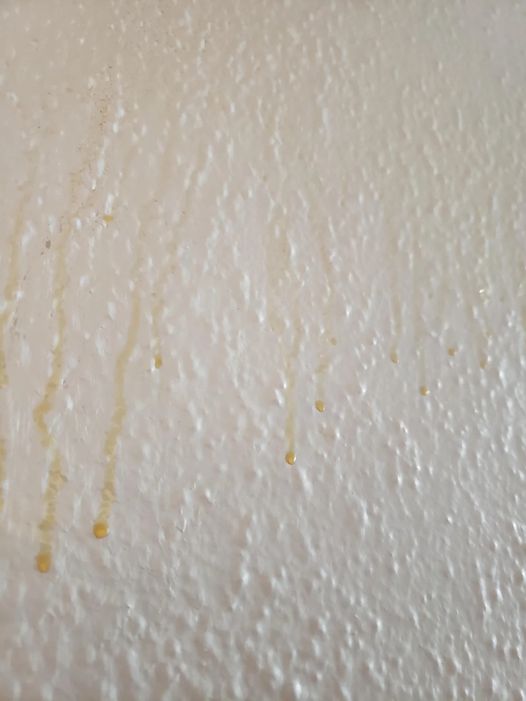After the unforgettable pinkish slime incident in the bathroom at my grandparents’ house, I became quite nervous and panicky about mold and other similar nuisances. If you’ve ever dealt with it, you’ll know—you don’t want mold and dangerous bacteria thriving on your bathroom walls. Bathrooms, by their very nature, get wet all the time. They’re damp, steamy environments even though I try to clean mine often. But let’s be honest, it’s challenging to scrub those walls daily, right? Between work, family, and a bit of a social life, it’s almost impossible. That’s when mold finds its perfect chance to thrive.
So after my run-in with pink mold, which I managed to combat successfully after a bit of research and a lot of elbow grease, you can imagine my concern when a friend mentioned noticing some yellow stuff dripping down her bathroom walls. Well, me, once again panicking a lot when it comes to mold, wanted to find out what it was immediately.

What is Mold, and Why is it Dangerous?
Firstly, let’s tackle mold. Mold is a fungus that can grow almost anywhere there’s moisture and organic matter. It spreads through spores, which float through the air and settle in new locations. When they land in a damp spot, they grow. It’s not just unsightly; it’s potentially harmful. Certain types of mold can cause respiratory issues, allergic reactions, and even chronic health problems if left unchecked. This makes it essential to keep an eye on any signs of mold growth in often-overlooked places like bathrooms.
